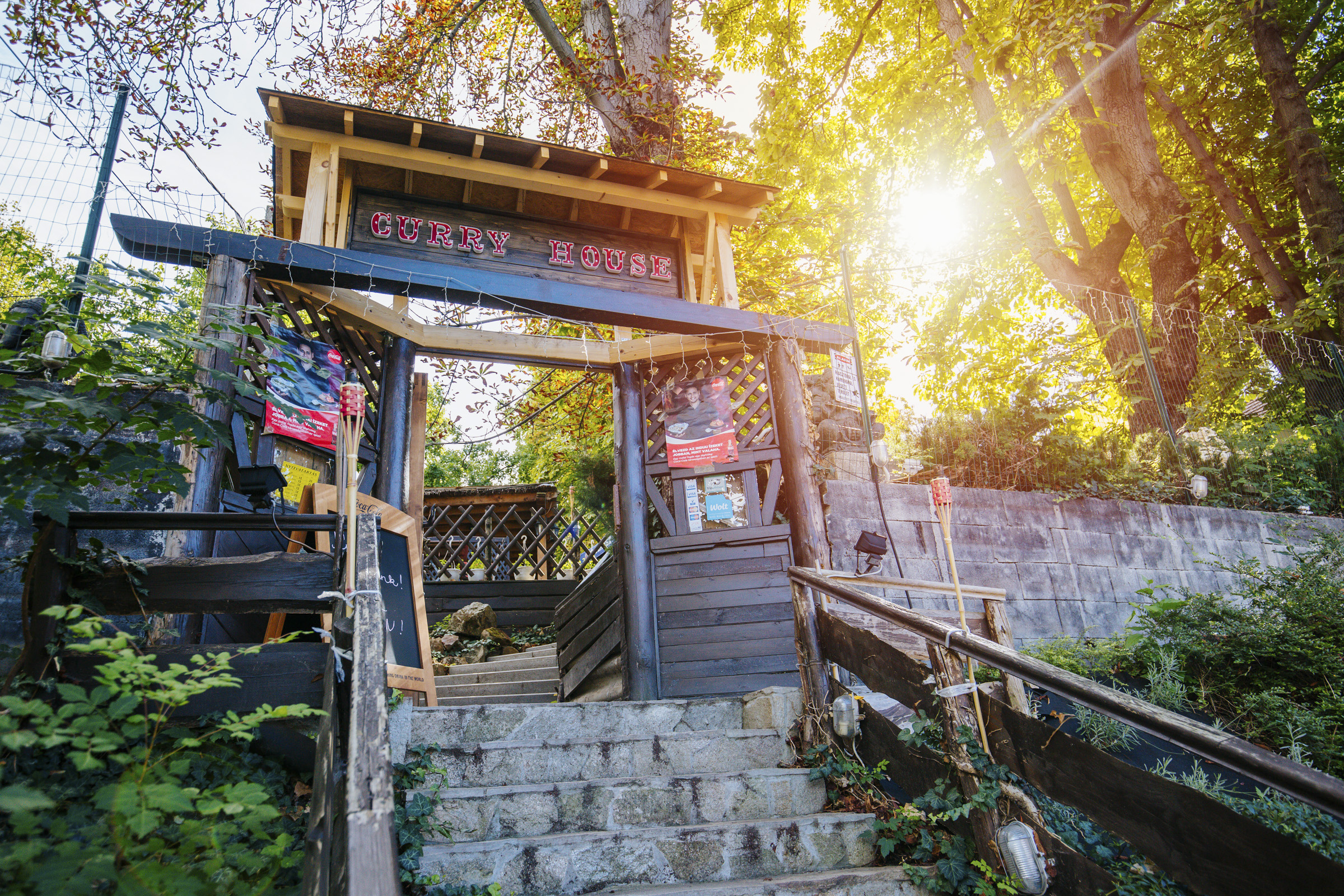Anyone who loves Indian cuisine must have sadly noted that one of the city’s most authentic restaurants, Curry House, closed in 2019. They didn’t close for good, however, they simply outgrew the place they had opened in 2012. As they looked for a new site, they unveiled the luxurious Rajkot Palace in Pest, before taking their superb Indian cuisine to Buda.

In addition to the change of location, one of the most important aspects was to provide guests with garden dining – although last winter, when the Curry House did open its doors in Buda, no-one knew how vital a garden would be for survival in 2020. The owner, Saer Zulkarnain, had an explicit plan to orientate the garden of the former Árnyas Vendéglő a bit, and the menu would feature mainly north-Indian dishes, with a couple of stand-outs from south India. With the shutdown and uncertainty, this was all put on ice for a while.
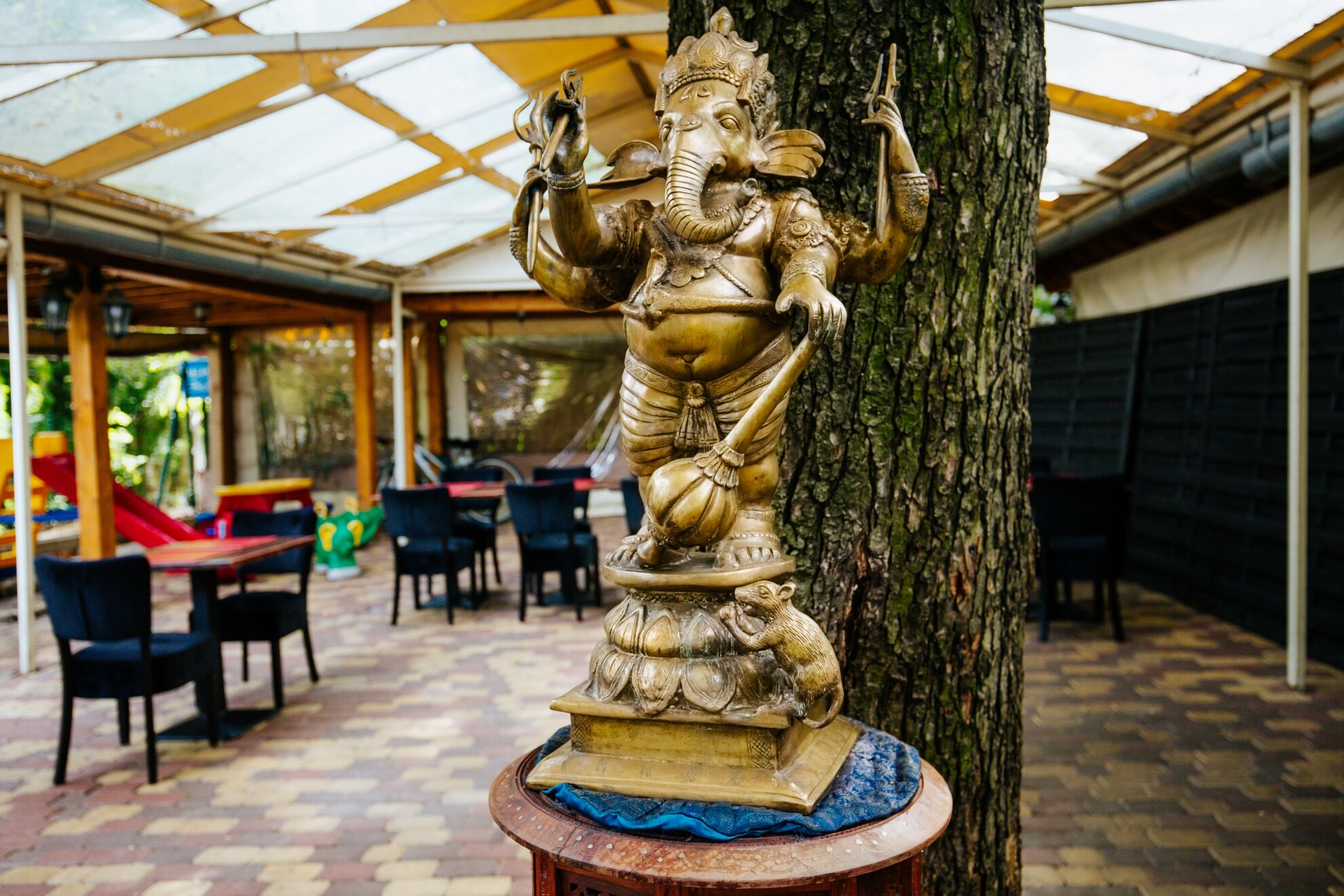
The garden that now awaits is beautiful and peaceful, and the Indian-inspired statuettes and colourful pillows augment the exotic feel. The restaurant has been remodelled inside, and retains the atmosphere familiar from Curry House: bright red walls, wooden furniture and bright Indian ornaments on the wall.
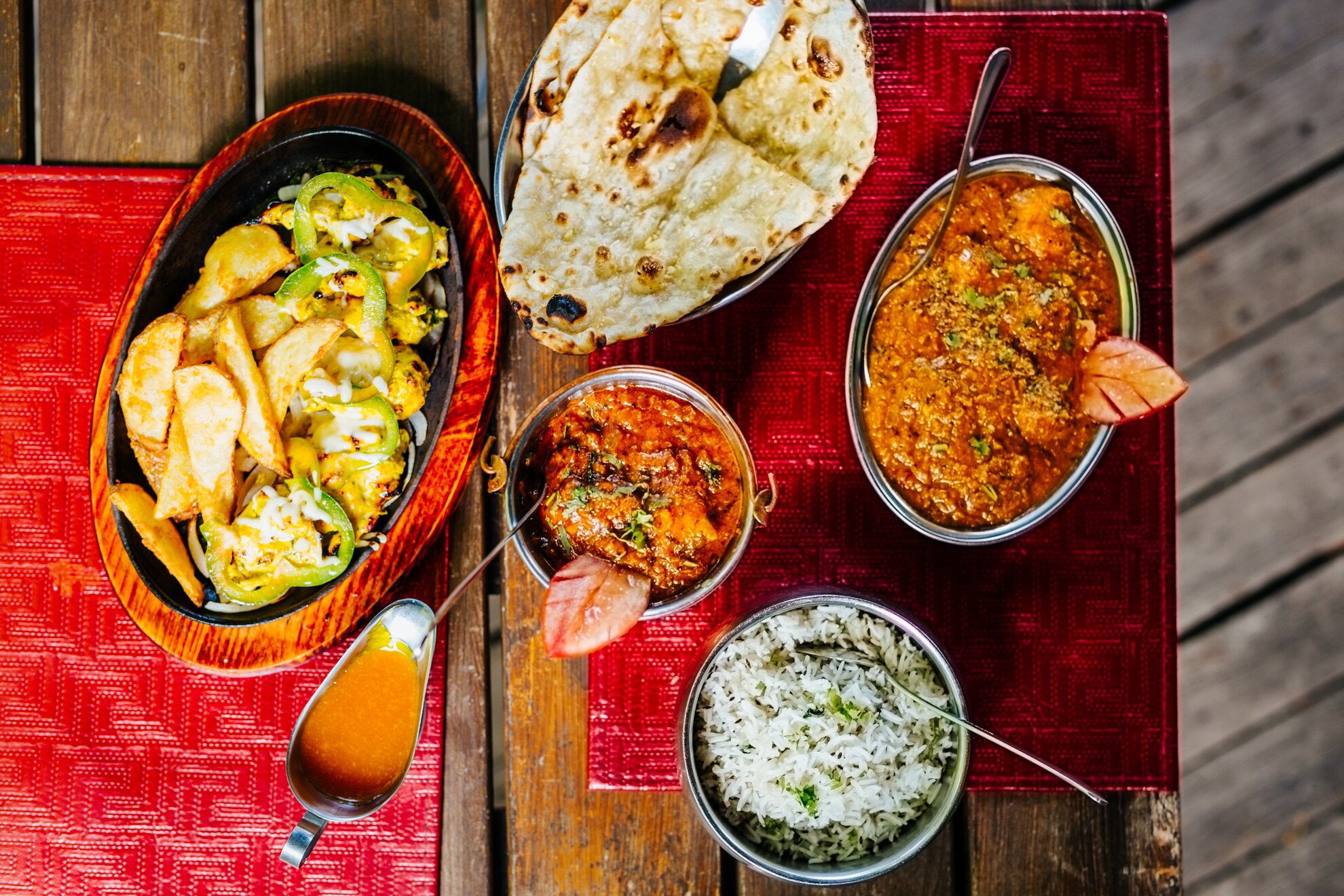
The menu features the masterpieces most preferred by the domestic audience, at prices still very favourable compared to other Indian restaurants in town. The menu is especially wide, almost 120 dishes including appetisers and desserts. It’s not really typical to offer a kind of sauce for four types of meat, fish and seafood – even the best-known dishes change a little in seasoning, depending on whether it is added to chicken or lamb.

The two main cooking technologies, of course, are meats made in sauce, ie curries, and tandoori dishes made in a tandoor oven. Our first dish was the tandoori wings (1,400 HUF), a nice serving of chicken wings with crispy fries and mint sauce, which actually goes as a main course if someone isn’t massively hungry. It doesn’t hurt to ask for a cooling mango lassi to dampen the fire somewhat.
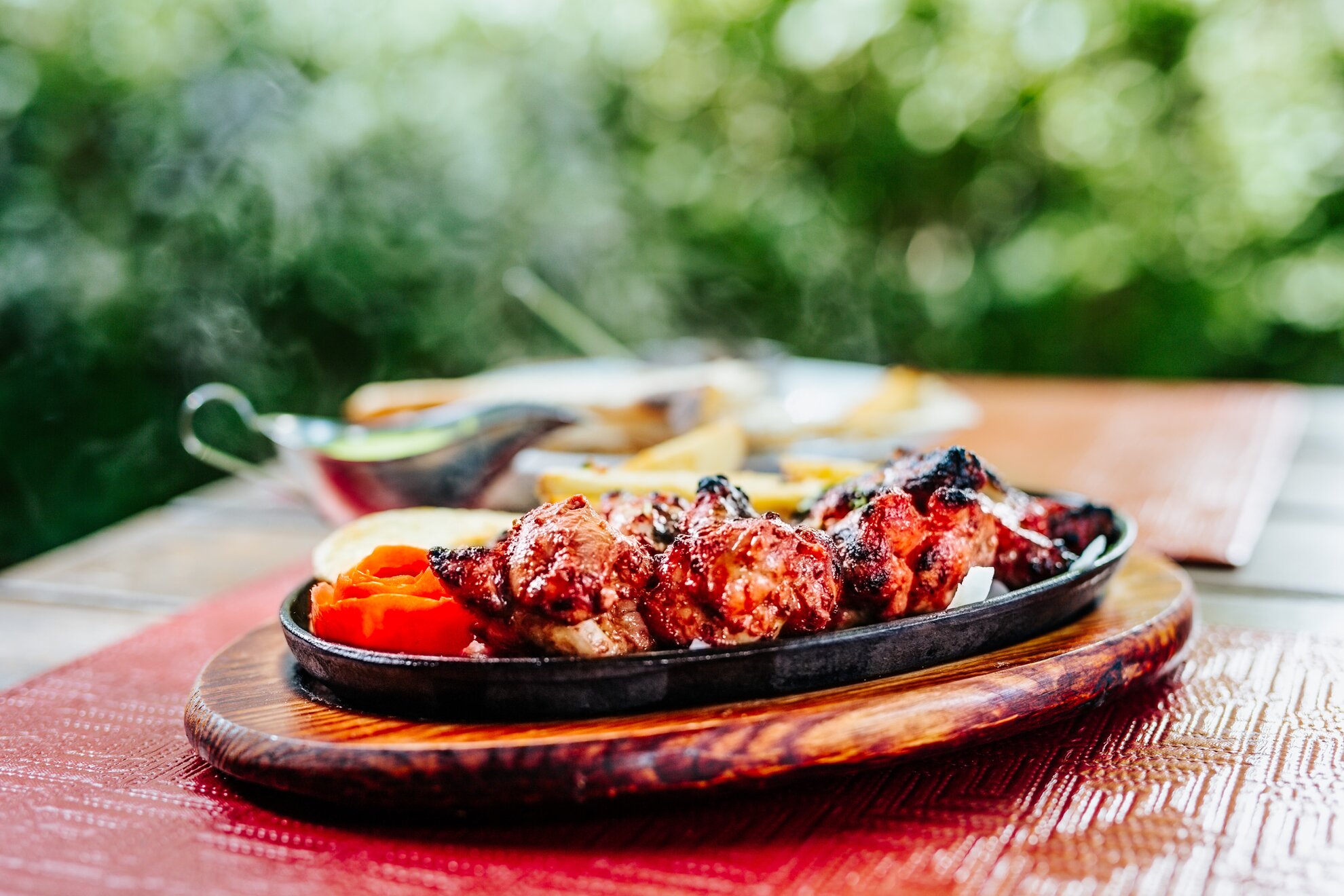
Of the main dishes, we tasted both types: staying with tandoori, we tried the chicken reshmi kebab (2,100 HUF). Slightly spicy, but not in the classic Indian sense, it also has the delicious tang reminiscent of paprika. Thanks to the cooking technique, when you touch it with a fork, it doesn’t fall apart because a smoky, thin, crispy crust is baked around it on the outside. The presentation is princely: a tad of butter is laid on the bed of fried onions, so it hisses loudly in the hot iron pot.
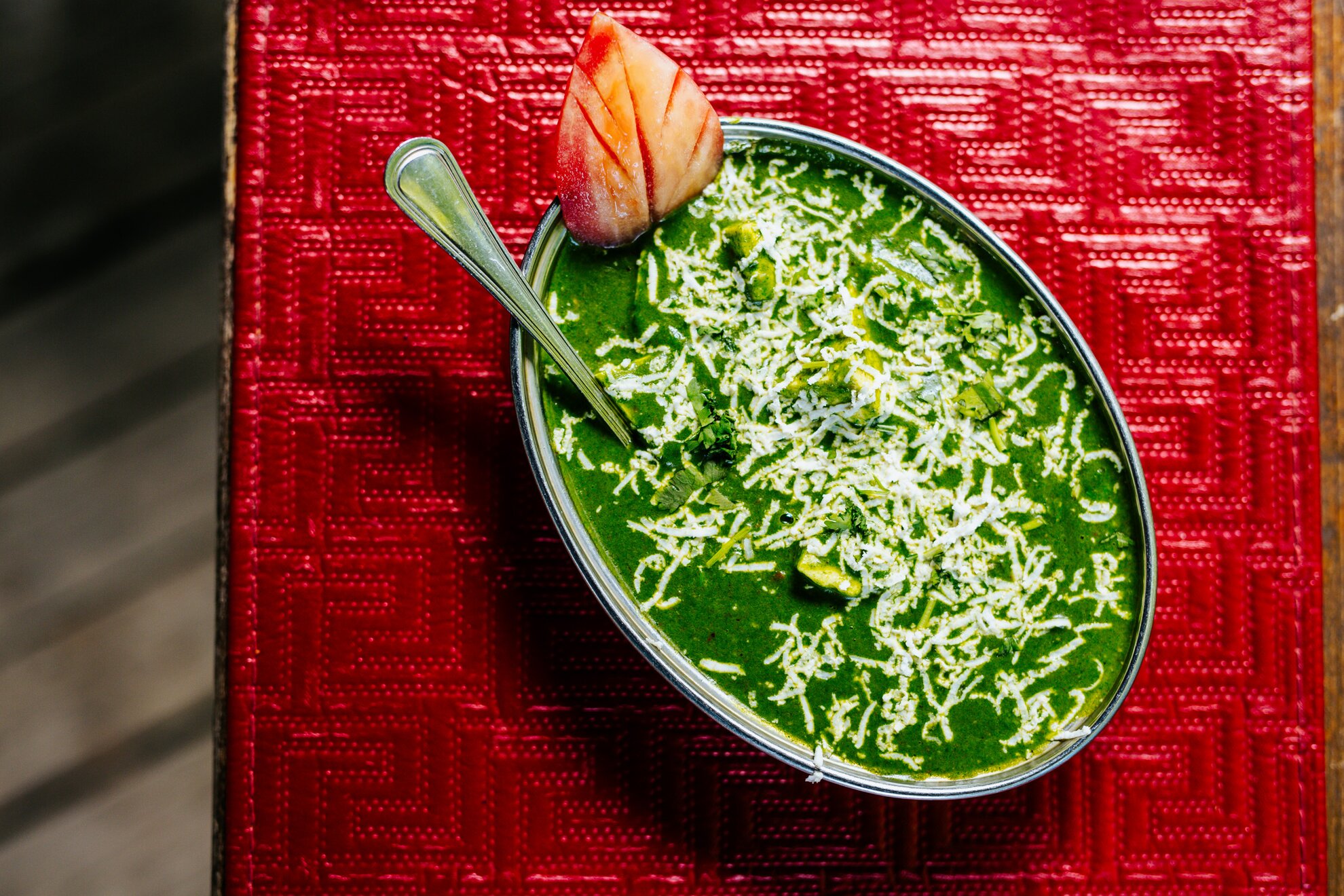
The palak paneer (2,100 HUF) will be the favourite of those who love spinach, its creamy sauce a hit. The balti chicken (2,400 HUF) is particularly soft, gently spicy dish in a thick, onion-based sauce with tomatoes, ginger, mint and Indian spices. It is a matter of individual taste whether you want to soak up these thick sauces with naan bread or rice, as there is a wide selection of each.
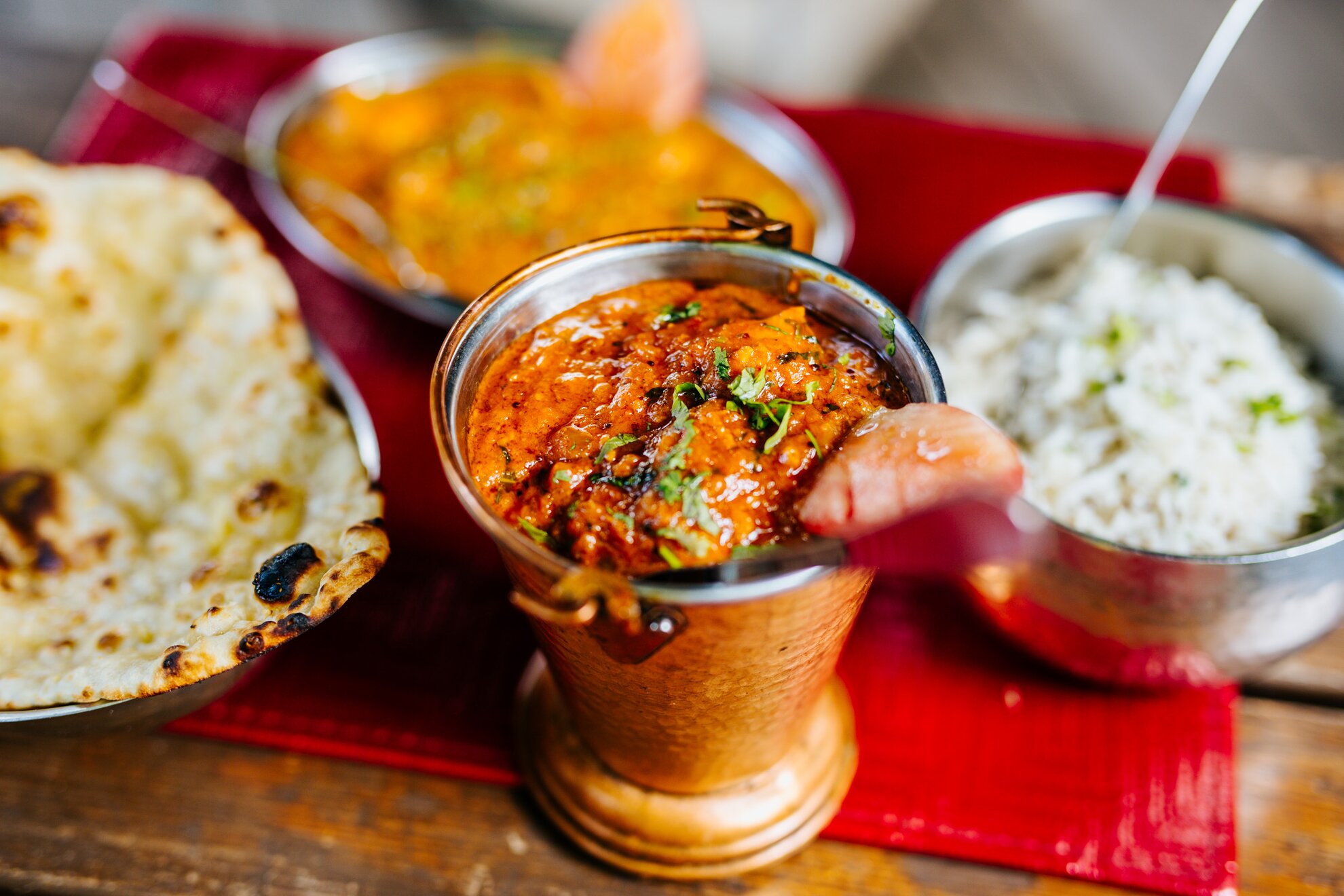
Our real favourite was the chicken madras mixed with coconut (2,400 HUF): exceptionally soft, silky and creamy, almost sweet, a yellow-tinted speciality with cashews, mustard seeds and coconut milk.
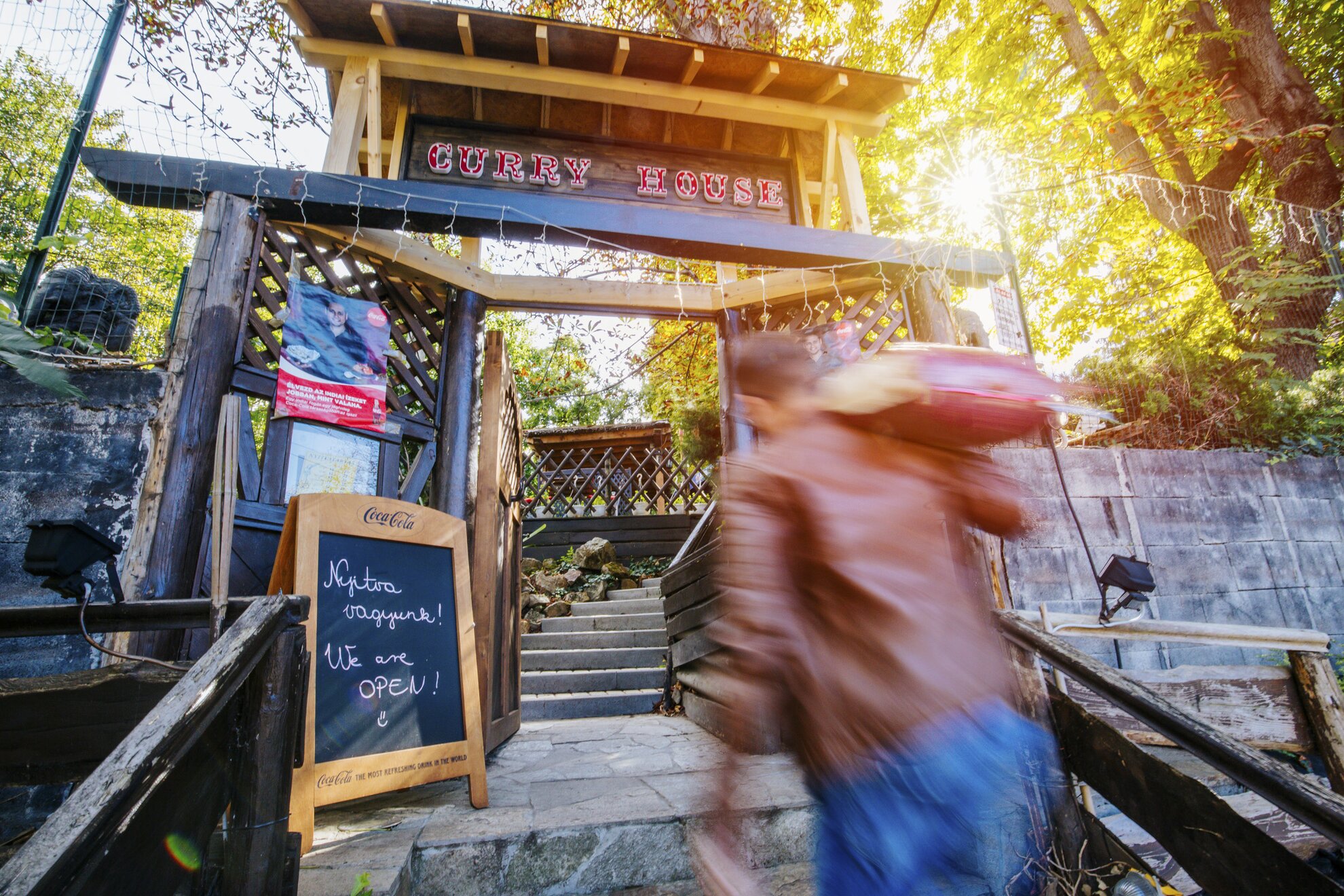
Whatever you order, none of the flaws of Indian restaurants – over-seasoning, little sauce, cold naan, sticky rice – apply here. Since the garden is also absolutely suitable for long, extended feasts, it is definitely worth checking out the new location while the beautiful autumn sunshine lasts.

District XII. Diós árok utca 16
Tram 60/cogwheel railway to Organás
Curry House
Facebook
Open: Daily noon-10.30pm
